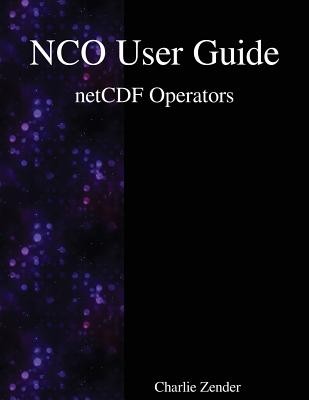
- We will send in 10–14 business days.
- Author: Charlie Zender
- Publisher: Samurai Media Limited
- Year: 2017
- ISBN-10: 9888407023
- ISBN-13: 9789888407026
- Format: 21.6 x 28 x 1.9 cm, softcover
- Language: English
- SAVE -10% with code: EXTRA
Reviews
Description
This manual describes NCO, which stands for netCDF Operators. NCO is a suite of programs known as operators. Each operator is a standalone, command line program executed at the shell-level like, e.g., ls or mkdir. The operators take netCDF files (including HDF5 files constructed using the netCDF API) as input, perform an operation (e.g., averaging or hyperslabbing), and produce a netCDF file as output. The operators are primarily designed to aid manipulation and analysis of data. The examples in this documentation are typical applications of the operators for processing climate model output. This stems from their origin, though the operators are as general as netCDF itself.
EXTRA 10 % discount with code: EXTRA
The promotion ends in 20d.19:05:42
The discount code is valid when purchasing from 10 €. Discounts do not stack.
- Author: Charlie Zender
- Publisher: Samurai Media Limited
- Year: 2017
- ISBN-10: 9888407023
- ISBN-13: 9789888407026
- Format: 21.6 x 28 x 1.9 cm, softcover
- Language: English English
This manual describes NCO, which stands for netCDF Operators. NCO is a suite of programs known as operators. Each operator is a standalone, command line program executed at the shell-level like, e.g., ls or mkdir. The operators take netCDF files (including HDF5 files constructed using the netCDF API) as input, perform an operation (e.g., averaging or hyperslabbing), and produce a netCDF file as output. The operators are primarily designed to aid manipulation and analysis of data. The examples in this documentation are typical applications of the operators for processing climate model output. This stems from their origin, though the operators are as general as netCDF itself.


Reviews